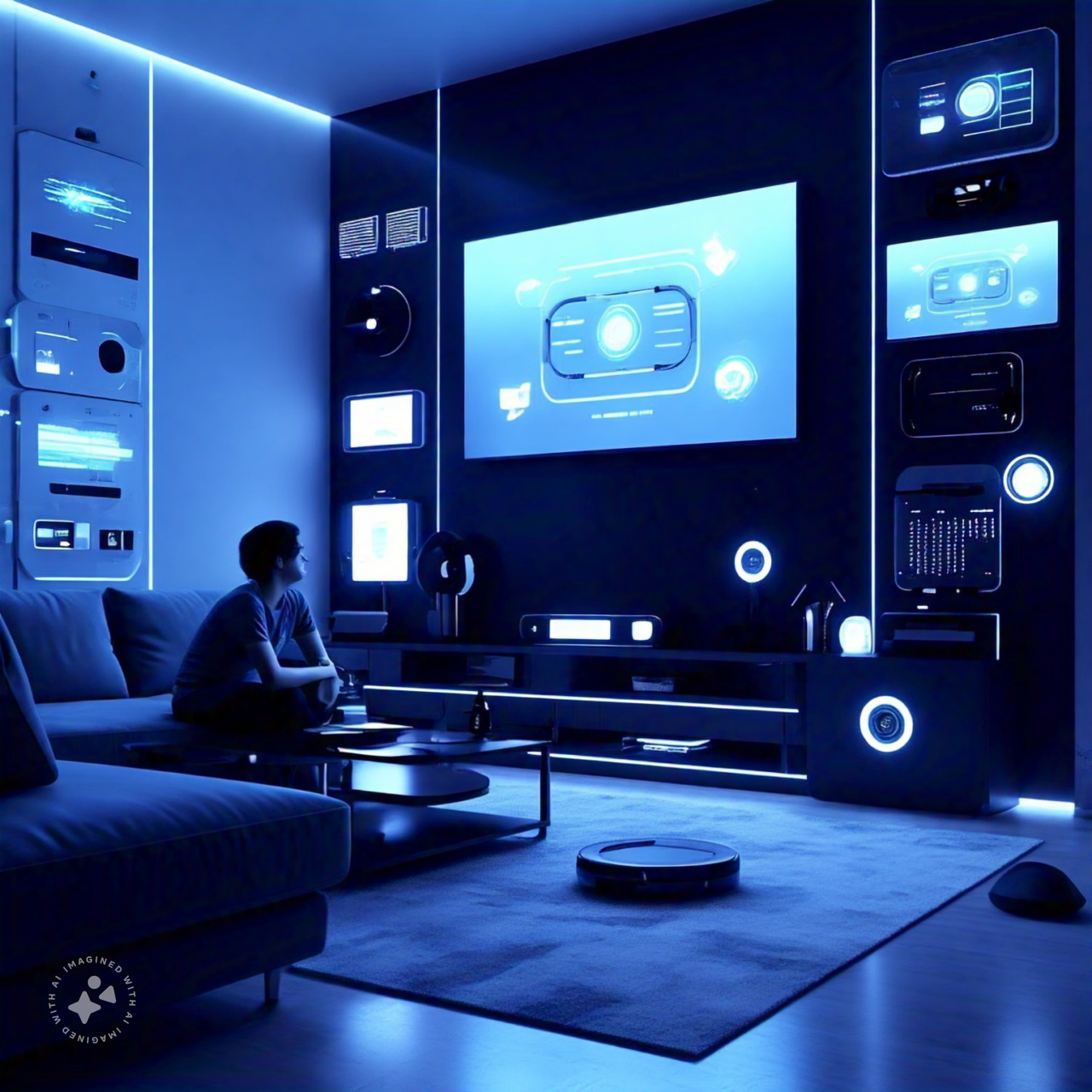In recent years, smart home automation has transitioned from a futuristic concept to a practical reality, making its way into households worldwide. From voice-activated assistants to intelligent security systems, smart home automation is redefining the way we live, interact with our homes, and manage our daily routines. As more people seek convenience, energy efficiency, and enhanced security, the adoption of smart home automation continues to grow. But what exactly is smart home automation, and how is it shaping the future of our living spaces?
What is Smart Home Automation?
At its core, smart home automation refers to the use of technology to control and automate household functions, such as lighting, temperature, security, and entertainment systems. These devices and systems can be controlled remotely through smartphones, voice commands, or even automatically based on pre-set schedules and triggers.
The heart of smart home automation lies in interconnected devices that communicate with each other through the internet or a home network. These devices can include everything from smart thermostats, lights, and speakers to security cameras, locks, and appliances. By integrating these devices into a cohesive system, homeowners can manage various aspects of their homes with minimal effort, creating an optimized, efficient living environment.
Benefits of Smart Home Automation
1. Convenience and Control
One of the most significant advantages of smart home automation is the convenience it offers. Imagine waking up to your favourite music gently playing, the blinds opening to let in natural light, and the thermostat adjusting to your preferred temperature—all without lifting a finger. Smart home systems can be programmed to automate these tasks, making your home more comfortable and personalized to your needs.
Through smartphone apps or voice assistants like Amazon Alexa, Google Assistant, or Apple Siri, you can control various devices in your home remotely. Whether you’re adjusting the thermostat while at work or checking security camera footage from your phone, smart home technology gives you full control, no matter where you are.
2. Energy Efficiency and Cost Savings
Smart home automation is not only about convenience but also about creating a more energy-efficient living environment. With smart thermostats, for example, you can monitor and adjust your home’s heating and cooling based on your schedule, reducing energy consumption when you’re away. Smart lighting systems can automatically turn off lights when rooms are not in use, further conserving energy.
Some smart home devices even provide insights into your energy usage, helping you identify areas where you can cut back and save on utility bills. In the long run, these energy-saving features can significantly reduce your carbon footprint and lower your monthly expenses.
3. Enhanced Security
Home security is another area where smart home automation excels. Traditional security systems often rely on basic sensors and alarms, but smart security systems offer a more advanced approach. With features like motion detection, smart doorbells, and cameras, you can monitor and secure your home from anywhere. These devices can send alerts to your smartphone if they detect unusual activity, providing peace of mind whether you’re home or away.
Moreover, smart locks allow you to remotely lock or unlock doors, granting access to family members or service personnel without the need for physical keys. Some systems even allow you to create temporary access codes, ensuring that only authorized individuals can enter your home.
4. Improved Home Entertainment
Smart home automation extends beyond everyday essentials to entertainment systems as well. With smart TVs, speakers, and streaming devices, you can create a personalized home theatre experience. Voice commands can easily adjust the volume, change channels, or play your favourite music playlists.
For those who enjoy smart home integration, home theatre systems can sync with other devices, such as lighting and blinds, to create the perfect ambience for movie nights or gaming sessions. By integrating these devices, you can control everything from lighting to sound from a single interface or device, eliminating the need for multiple remotes and switches.
How Smart Home Automation Works
The success of a smart home automation system relies on several components working together seamlessly. These include:
1. Smart Devices: These are the devices installed in your home that perform tasks, such as smart bulbs, thermostats, locks, and speakers. They are the “smart” elements of your home.
2. Hub or Gateway: The hub is the central control unit that connects all your smart devices. It acts as the brain of your system, ensuring that all devices communicate with each other.
3. Connectivity: Smart home devices typically rely on Wi-Fi, Bluetooth, or Zigbee (a specialized wireless standard) to connect to your network. The devices communicate through these networks to send commands and share data.
4. Control Interface: You can control your smart home devices through a mobile app, voice assistant, or even through automated schedules or triggers. Most systems are compatible with popular voice assistants like Alexa, Google Assistant, or Siri.
Popular Smart Home Devices
Here are a few popular smart home devices that are transforming households:
· Smart Thermostats: Devices like the Nest Learning Thermostat and Ecobee smart thermostats learn your temperature preferences and adjust automatically for comfort and energy efficiency.
· Smart Lighting: Philips Hue and LIFX offer smart bulbs that can change colour, dim, and be controlled remotely.
· Smart Security Cameras: Ring, Arlo, and Nest cameras allow homeowners to monitor their property in real-time, with features like motion detection and night vision.
· Smart Speakers: Amazon Echo, Google Nest Hub, and Apple HomePod let you control your home with voice commands and play music, answer questions, and more.
· Smart Plugs: These allow you to control any plugged-in appliance remotely, including lamps, coffee makers, and fans.
Conclusion
Smart home automation is no longer just a trend—it’s an essential part of modern living. With its ability to improve convenience, save energy, enhance security, and provide seamless entertainment experiences, smart home technology is transforming the way we interact with our homes. As technology evolves, it promises to make our living environments even more intuitive and personalized.







